One of the many lessons we teach here in the Bell household: life isn’t fair.
That’s important, because we also like to play The Game of Life from time to time as a group. I’ve played The Game of Life more than 100 times since I was a kid, and maybe 10-12 times since I had kids of my own.
The Game of Life is old…real old. First released as The Checkered Game of Life in 1860 by Milton Bradley (yes, the actual Milton Bradley!) in Springfield, Massachusetts, the game was formally published in the US for mass market a full one hundred years later, in 1960. Since then, it’s gone through a number of updates and reprints, with at least seven different versions hitting shelves since the 1960 release.
The version we have in our house is the Target “Vintage Game Collection” series of Hasbro reprints, after they acquired the rights to publish the game. It is a bookshelf box container that we picked up years ago, along with bookshelf versions of Clue and Jenga. That makes The Game of Life a tidy addition to our shelves that we can stash in our family game closet for special occasions.
In our Back in the Day articles revisiting classic experiences, we won’t discuss how to play these games…they are old, and if you want to learn how to play, feel free to search the ‘net for answers. We’ll instead focus on what still works, and what doesn’t, while making a recommendation on whether you need to dig this one out of your attic or not! (For links to the other articles in this series, please check out the links at the end of this piece.)
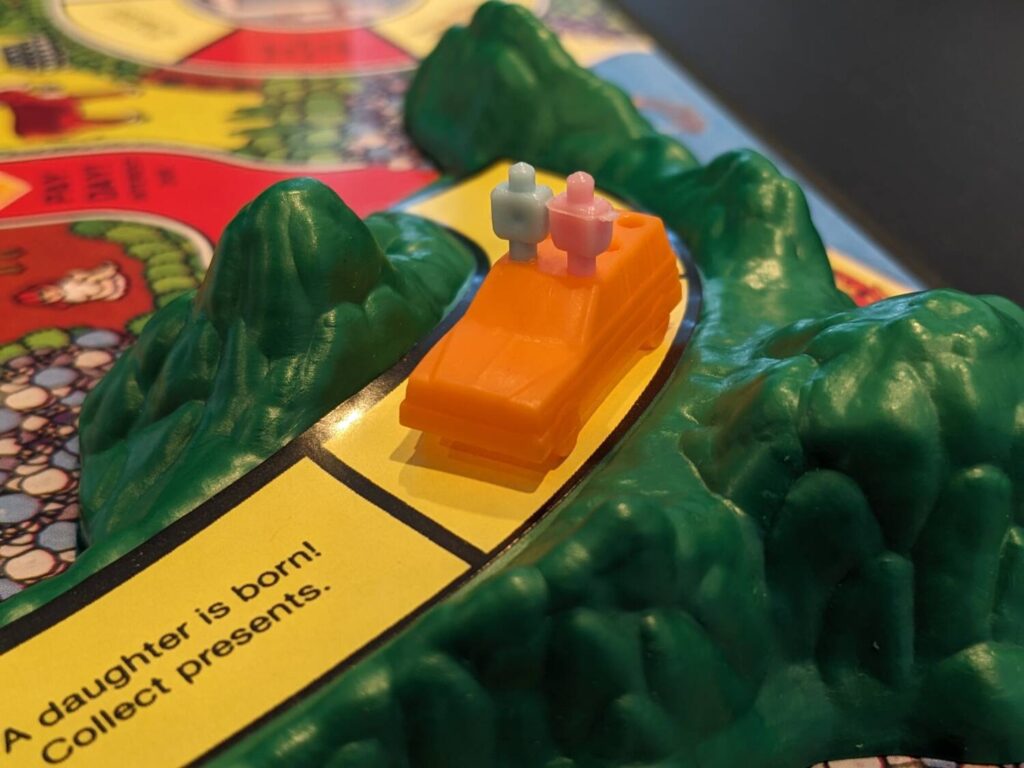
The Game of Life: What Still Works?
Lots of elements from the original game still work for our family. Now that I have kids of my own, it’s refreshing to play a game where you can have a lot of kids (room for four pegs, plus more if you can squeeze them in) and kids only give you money at the end of the game, never really costing anything extra. If kids were this cheap, I might have five more of them in real life!
The game’s loan system means that you are likely still in the running for the game-end victory conditions, even if it can be tough for a turn or two to navigate the game’s many pitfalls with three promissory notes hanging over your life. But that still feels real. As someone who had financial difficulties for a brief period, that can be scary and it’s just as scary in the game.
I didn’t use the Share the Wealth cards—those cards with literally nothing on their back side, dealt during setup so that everyone has at least one to begin play—nearly as much as a kid. But now? I hoard those cards as much as I can, to be ready to hand out the pain when I get stuck with a big bill and want help paying it off. Or, like the “Nope” cards in Exploding Kittens, having an Exemption Share the Wealth card so that I can deny a player who wants to share in my suddenly great fortune when I hit it big on a yellow space somewhere on the board.
Combined with the Revenge spaces, used to take $200,000 from another player or move them backwards 10 spaces, players who are trailing in total cash have a few ways to catch up. This felt a bit unique back in the day, when most games in my collection had a runaway leader problem. These mitigation options help slow a player who might have the game in the bag.
The professions still work. It’s fun that someone can be a doctor or a lawyer, while I can be someone of a lower caste (at least, in the game’s terms thanks to the salary differences) and still win the game. For most of a recent game, I was a journalist (starting salary: $24,000/year) and had much better fortunes than my 9-year-old (lawyer, $50,000) thanks to luck and smart spending when considering whether to gamble away my fortunes for bigger prizes, like playing the stock market or those “Lucky Day” spaces.
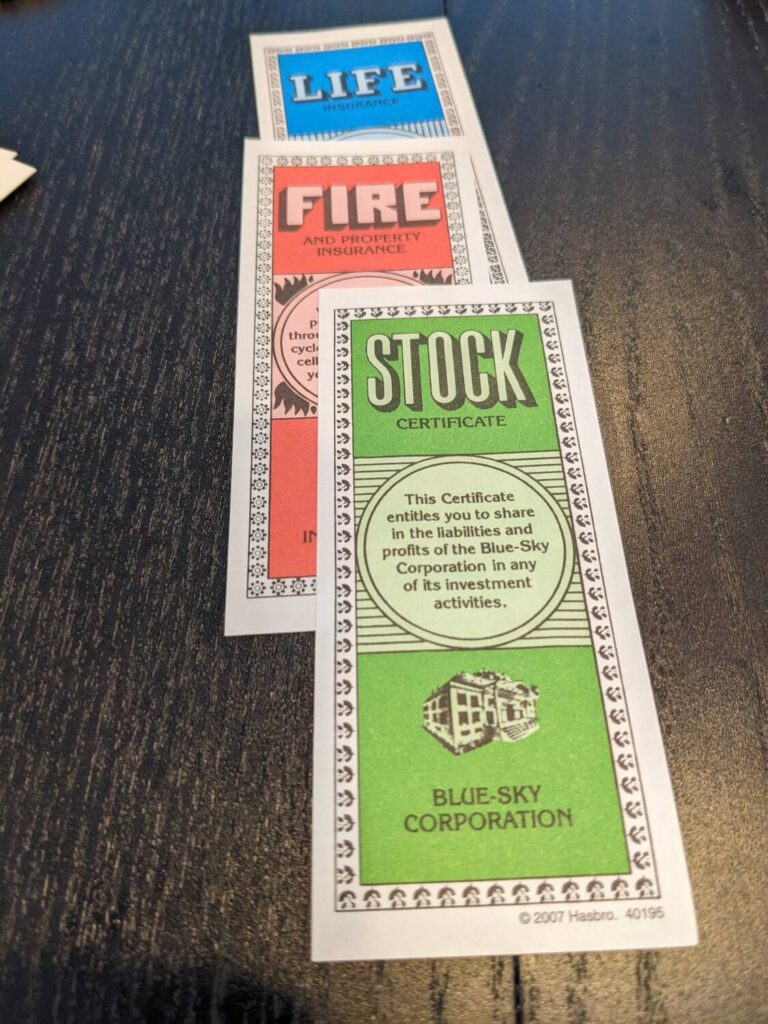
My copy of The Game of Life still has an operational spinner used to move forward each turn, but I’ve definitely played other copies that had a terrible spinner. The key is always the same: slow down. You can’t spin the wheel quickly, even though it looks like something sturdy enough to spin that thing fast. But that wheel still provides the kind of drama I like, particularly for my favorite part of The Game of Life: Millionaire Tycoon.
Millionaire Tycoon is the option you take when you think you are behind in total cash. When you arrive at the Day of Reckoning space near the end of the trail, you have a choice—move to the Millionaire space, which you will definitely do if you appear to have the most cash and most other players are near the end of the game, or elect to try for Millionaire Tycoon.
This lets you risk it all to win the game with one spin of the wheel. In this scenario, it doesn’t matter how much cash you have at that moment…you just spin to try and win the game outright. The active player picks one of the 10 numbers on the spinner, and goes for it. If they come up aces, hilarity ensues…and that happened with my most recent play before I wrote this piece.
My child was behind by about $150,000. If they spun a one after arriving at the Day of Reckoning, they would have won by moving on, so we decided to just call the game right then and there. Spin a one, and they win. Anything else, and Daddy brings home the title.
The build-up was fantastic. They stood up from the table, did a couple of jumping jacks, loosened their fingers, then spun the wheel. It went around exactly twice, stopped on the one, and the two of us started jumping up and down.
I got hosed, but it was the right kind of getting hosed. These are the kinds of moments that you live for as a parent.
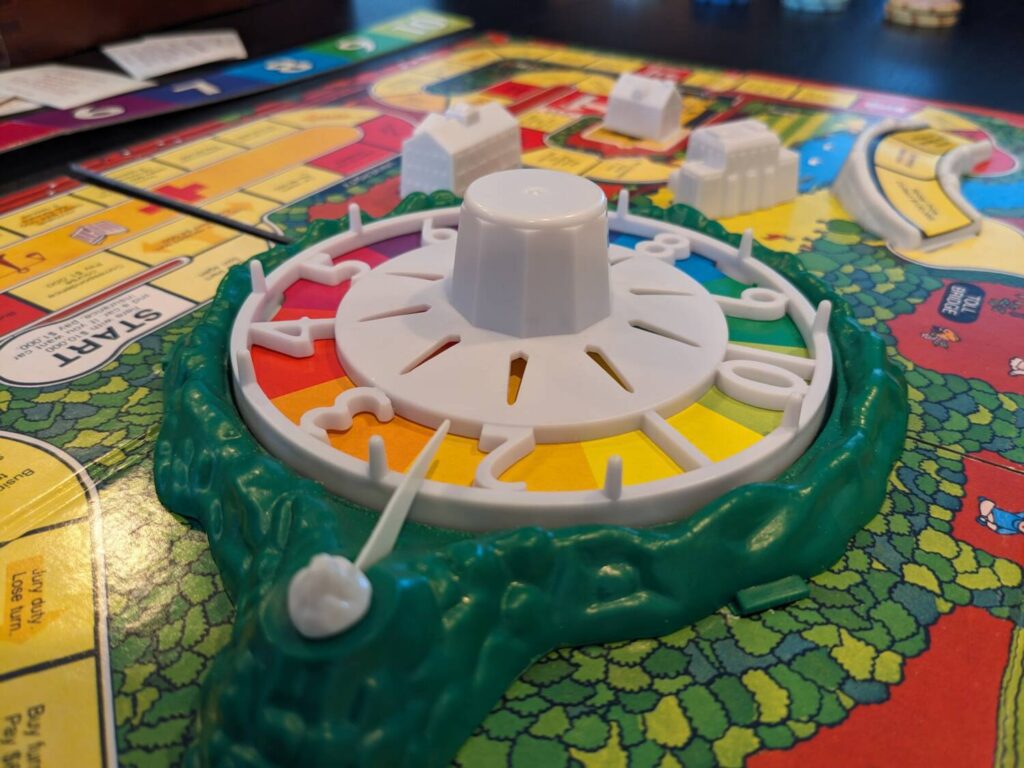
The Game of Life: What Doesn’t Work?
Some of the game’s elements still don’t work, or, worse, may have worked before but don’t work now.
The Game of Life only gives players two choices for pegs: pink and blue. Some players are going to want at least a third option now, or multiple colors to represent different people sitting in their cars. This is one of those quality of life options that will change as the game (and real-life adults) evolves, but my 1960 version hasn’t kept up.
Some items worked well for me but not as well for others in my family. I am OK with the idea that I need to buy, say, fire or life insurance for spaces that pop up on the board, but those chances are rare. Usually, you buy insurance to cash in at the end of the game, but admittedly there are not enough chances to flash your insurance as protection throughout the game, save maybe for the use of stock when you can play the market.
The yellow spaces remain comically swingy. One player might get $3,000 as a reward for old debts late in the game, while another gets more than $300,000 for another space nearby. The same holds true for payment spaces. That’s the problem with many older games where you roll then move, and The Game of Life is no different…but it still hasn’t aged well.
My other complaints are tied to the production. Play money still sucks, so we use poker chips in our house, and the little white buildings don’t slot very well into the board, leaving the overall look of the city a bit bumpy at times. Not a gamebreaker, and back in the day, The Game of Life was cool because it had three dimensions to look at with its made-up city. But now? This doesn’t hold a candle to the games of the present.
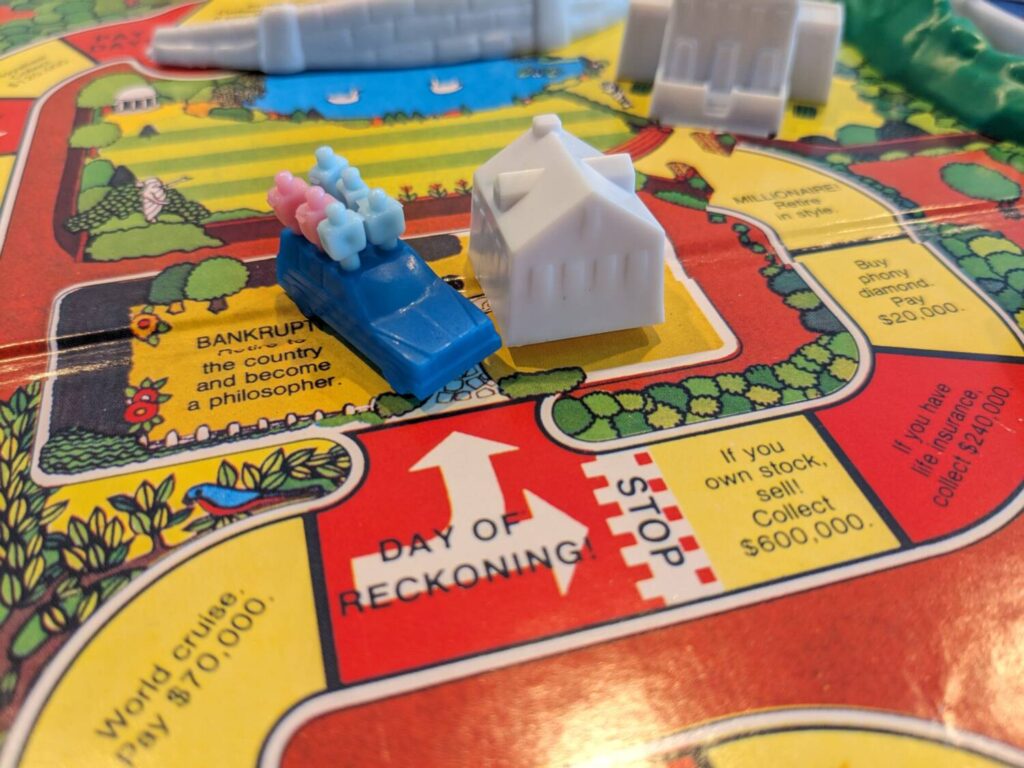
Yea or Nay?
Yea.
The Game of Life still comes out at our house 2-3 times a year, and that’s about right. We get to talk about money management and the wild cost of repairing our car, giving gifts to newlyweds, and how to best manage those periods right after you earn another paycheck.
And we get to remind the kids that life isn’t fair, especially when the adults win.
For family-weight entertainment, The Game of Life still achieves what it is trying to do, in an environment that plays in about an hour with 2-3 players. At four players, the game does overstay its welcome just a bit, but we’ll cross that bridge when my son begins to join our plays!
The Back in the Day Series:

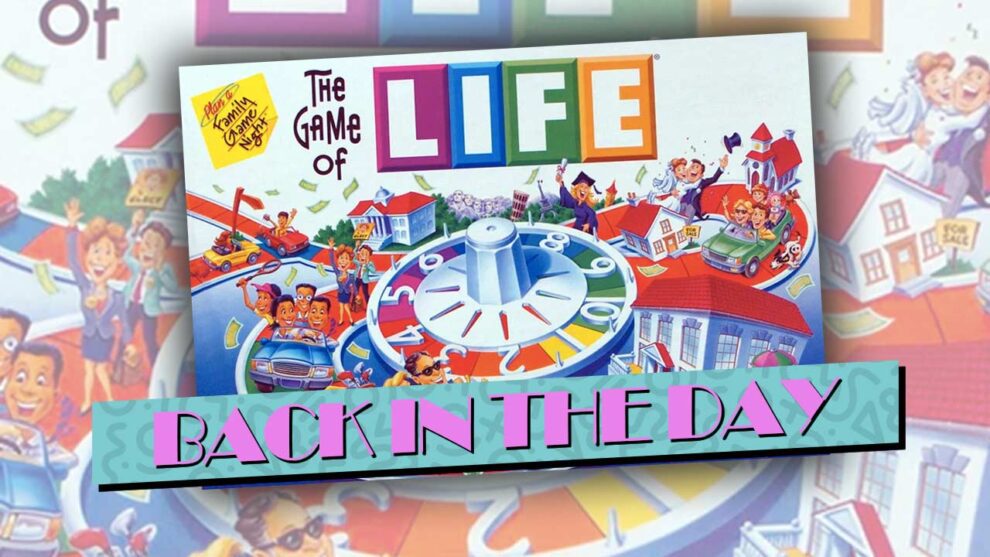

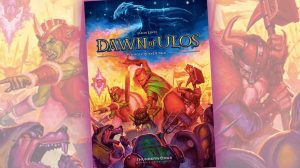

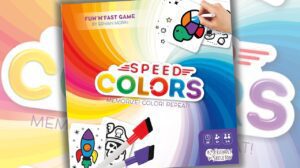




Beautifully reviewed. Thank you!
Hi there! We have this version and have lost the directions! Would you be able to take a picture and send it to me? We would appreciate it so much. Its not online anywhere and there are some tweaks that dont make sense with other version directions.